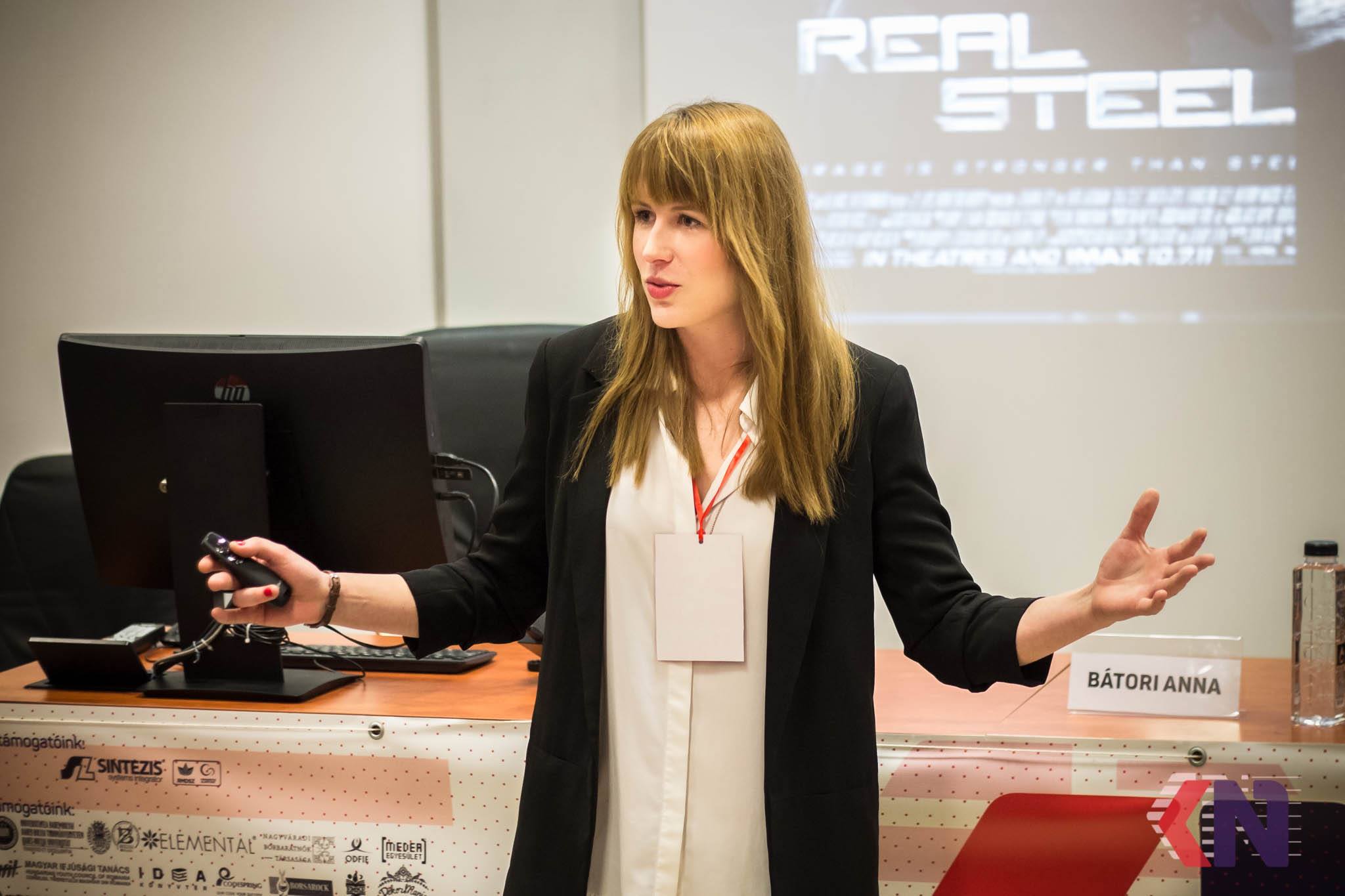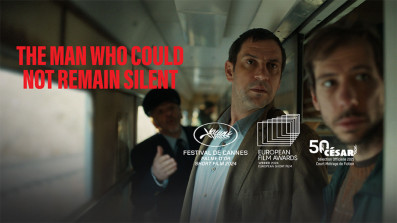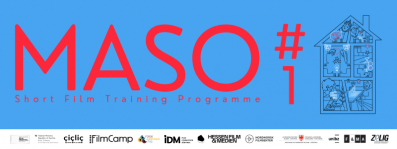
Interview with Anna Batori the Hungarian film scholar and author of Space in Romanian and Hungarian Cinema
"[W]e are the cinema of landscape metaphors. Everything you see on screen has a very Hungarian characteristic."
For Japanese cinema magazine, Z-SQUAD Tettyo Saito now features on Eastern Europe cinema history which Japanese cinephiles don't know about a lot. For example, Romania, Slovenia, Montenegro and Belarus etc. This fall, they try to focus on especially the film history of two magnificent countries; Hungary and Croatia. This time, Tettyo had a chance to interview Anna Batori, who is a lecturer in the Faculty of Theatre and Television at Babeş-Bolyai University, Romania, and the author of Space in Romanian and Hungarian Cinema. They talked about the first encounter with Hungarian cinema, Jancsó Miklós, masterpieces in the 2010's Hungarian cinema. We at Duart are glad that we can publish the English version of the interview on Duart.
At first, why did you want to be a film scholar? How did you become a film scholar?
I’ve always been fascinated by films. As a child, we used to play in an abandoned cinema which, due to the post-socialist crisis, had to be shut down. It was like a secret world, brimmed with old posters, tickets, reels and my memories of watching films there. That place was like my refuge where I could dig into film history and sit alone in the screening room while also watching it slowly being consumed by time. I wanted to have the opposite experience: to tell people that the cinema never dies.
When you started to be interested in movies, what movies did you watch? And what kind of movies could you watch in Hungary at that time?
Well, thanks to cable television and vidéothéques in the 1990s, you could basically watch anything you wanted. In the beginning, I mainly rented American films and big classics like Jaws, Easy Riders or Goodfellas – just to mention a few. I was about fifteen and my first love was crazy about art cinema. He would record all the great films from television. Back then we didn’t have internet, not alone downloading so he was my only torrent site! ☺ That’s how I got to know Bergman, Fellini, Menzel, Truffaut, Godard and many other great (mainly European) film, directors. Then one day he showed me Jarmusch’s Night on Earth. It changed my life forever. I remember, I watched it and thought, “I want to study this”.
What is the first Hungarian film you've ever watched? And how was that?
Hungarian cinema in the 90s was just horrible. It went through a huge crisis and most of the films in my teenagerhood were very badly written and directed comedies. I think the first Hungarian film I saw was Zimmer Feri (Feri’s Gang) from 1997, a film about the financial exploitation of tourists at lake Balaton. It is a very funny, satirical comedy; something very Hungarian. I still love it! Other than this, I cannot recall any other significant Hungarian film from my childhood. I remember we didn’t want to watch them – they were that bad.
What is the most outstanding characteristic in Hungarian cinema for you? For example, French cinema has a philosophy about love, Romanian cinema has a thorough realism and dark humour etc. Then, how is the Hungarian cinema?
That’s hard to answer. I’d say, we are the cinema of landscape metaphors. Everything you see on screen has a very Hungarian characteristic. Like the never-ending horizon of the Great Plain, the Hungarian “sea”, the Balaton, the labyrinths of Budapest, and so on. They all convey a connotative message, usually that of a claustrophobic feeling and emotional closure. There’s no escape from Hungary, you are stuck in history, in melancholia, completely lost in the very infinite Hungarian landscape.
What is the most important Hungarian film in Hungarian cinema history in your opinion? And why?
Definitely Béla Tarr’s Satantango. It’s a perfect choreography of Hungarian history. One of the most brilliant films I have ever seen. It tells everything one has to know about Hungary: the still not forgotten system change, the pessimistic mentality of Hungarians and our love (or dependence) on palinka! ☺
If you choose just one favourite Hungarian film, what is this? And what is the reason? Is there a personal memory?
Without a doubt, my favourite is Makk Károly’s Love from 1971. A beautiful, lyrical film about struggle, history, endurance and of course, love. A true masterpiece of images. This film tells everything about love without even mentioning the world. Not alone cinematography, acting and editing: I must-watch!

From outside of Hungary, one of the most famous auteurs for the world cinephiles is Jancsó Miklós. When I watch his works like "Cantata" or "The Red and the White", I'm thoroughly impressed with how elegant and meticulous they are. With Hungarian infinite ground, he depicts the complex psychology of Hungarian people. But, how are he and his works accepted by Hungarian people now?
Well, I think I am the only one who doesn’t like his films! ☺ Cantata is the only one I adore. The rest, I think, is way too parabolic. I am not even sure Jancsó himself knew what he wanted to tell with his films. After a while, he got lost in his cinematic universe. I know it is a very harsh critique from a film scholar, but I think he is way too overrated in world cinema. I think he is only loved by hypocrites. OMG, have I just said that? ☺
What amazes me always when I watch Hungarian cinema is how they use long-take with breathtaking elegance and fastidious effort. Through Hungarian cinema history, this technique is inherited by Hungarian auteurs. Radványi Géza to Jancsó Miklós, Gaál István to Bódy Gábor, Tarr Béla to Nemes László. But mysterious to foreign people like me is why this technique resonates with the spirit of Hungarian auteurs through history. Do you think what the origin of this inclination to long-take is, and how this technique is constructed?
Long-take functions like the absolute extension of time and space. In this case, it slows down our perception to feel the landscape, in haptic terms. By doing so, we identify with what’s really in front of us, while also becoming a bit melancholic in the course of observation. Hungarian history is a never-ending story of circularity: we always start where we ended, and we always end where we started. This stuckness in time and space, I think that’s what these directors try to demonstrate via plan-sequences and long takes. Modernist narratives, of course, also had a great impact on this kind of cinema.
Especially I want to know about how Jancsó Miklós' direction of long-take is constructed. His long-take is so deliberately constructed that its moving characters overlap the austere discipline of the army ("Elektra, My Love" for example). It said that he is heavily influenced by Antonioni, but actually how is his style established through his filmography?
His long takes – similar to Tarr – become longer and longer over time. In my opinion, Jancsó did not want to tell stories anymore. Or maybe he (deliberately) forgot of how to tell stories. What we see is a never-ending choreography of space. Unlike in the case of Antonioni, I think there’s nothing deeper behind it. No stories, no coherence, only pure cinematography. A forever-moving infinity into the abyss. That’s Jancsó.
You wrote the interesting book named "Space in Romanian and Hungarian Cinema", and I want to ask about it. What is the biggest reason to write this book? And why did you connect Hungarian cinema to Romanian cinema in the book? How is the contemporary Hungarian cinema influenced by Romanian cinema?
Well, after having watched hundreds of films from the East-European region, I realized that they have a very similar mise-en-scéne. I started to explore this aesthetic similarity and concluded that narrative space in Romanian and Hungarian cinema functions as a metaphoric device that calls forth the socialist past. This is, of course, a connotative way of visual communication. So my main intention was to model the implicit forms of socialist remembrance on-screen via two spatial models that offer a new approach to analyse the cinema of the region. On the one hand, these models – that I call vertical and horizontal enclosure – are strongly connected to the physical, socialist space of the films, while on the other hand, the mise-en-scène of the productions centres around panoptic techniques that give the scenographic space a claustrophobic atmosphere. In this way, location and screen space set up a disciplinary space that indirectly references the restrictive terror of the socialist regimes. But it is complicated to summarize the theory in a couple of sentences ☺ If I had to use non-academic language, I’d say these art films are depressing because of the very way they portray and structure physical space. I could talk about it for hours. ☺
The 2010's ended several months ago. So I want to ask, what is the most essential Hungarian film in 2010's in your opinion? For example, Nemes László's "Son of Saul", Mundruczó Kornél's "White God" and Enyedi Ildikó's "On Body and Soul". Personally, I want to mention Till Attila's "Kills on Wheels" for one of the best films by the new talent in 2010's and its ground-breaking depiction of disabled people.
Hungarian cinema has been great in the 2010s, so it’s hard to pick just one piece. I loved all the films you mentioned, especially Enyedi’s On Body and Soul and Till’s Kills on Wheels. As you see, the body and bodily perception have become significant topics in recent cinema. Ágnes Kocsis’ Adrienne Pál, Szabolcs Hajdu’s Bibliothéque Pascal or György Pálfi’s Free Fall also follow this tendency. There’s a new trend, one which concentrates on corporeality and injured or dysfunctional bodies on screen. In the middle of the post-2010 economic, political, ideological crisis, which all transformed our approach to our biopolitical bodies, I don’t find it surprising.
As for the most essential films of 2010? Hajdu’s It’s Not the Time of My Life, Gábor Reisz’s For Some Inexplicable Reason, Károly Ujj-Mészáros’s Lisa, the Fox-Fairy or Kornél Mundruczó’s Tender Son would be my go-ones.
How is the current situation of Hungarian cinema? From the outside, it seems good. Even after Nemes László, new talents appear at the prestigious film festivals like Kenyeres Bálint at Locarno, Szilágyi Zsófia at Cannes and Horvát Lili at Venice etc. But from inside, how do you see the current situation?
Well, it is better than my teenagerhood! ☺ I still see a growing tendency in terms of quality filmmaking, films with remarkable stories and mise-en-scéne. There are always new talents and because of the digital revolution, they don’t need to have a perfect set or financial background to tell a great story. Also, thanks to globalism and transnational filmmaking, the new generation can easier exploit new opportunities when it comes to financing. I am optimistic. I know a lot of exceptional people in the industry who make me believe that Hungarian cinema will remain on the world map of quality cinema for at least another decade ☺
Who is the most remarkable new talent in Hungarian cinema for you? For example, from outside, I want to mention Szöllősi Anna for her delicate texture of the animation and Baranyi Benő for his acute critique into Hungary's dark reality. What is your opinion?
Baranyi is one of the most talented short film directors of Hungary and Szöllősi is exceptional in animation. We have a lot of talents in Hungary! When it comes to auteurs, Gábor Reisz is the new genius of Hungarian cinema. Check out his two feature films, both of them are terrific! His cinema is as national as transnational and deals with the very existential crisis one experiences in the current post-socialist, neoliberal age. Remember what I told you about the corporeal cinema? Think about that when watching his films. You’ll love them.















